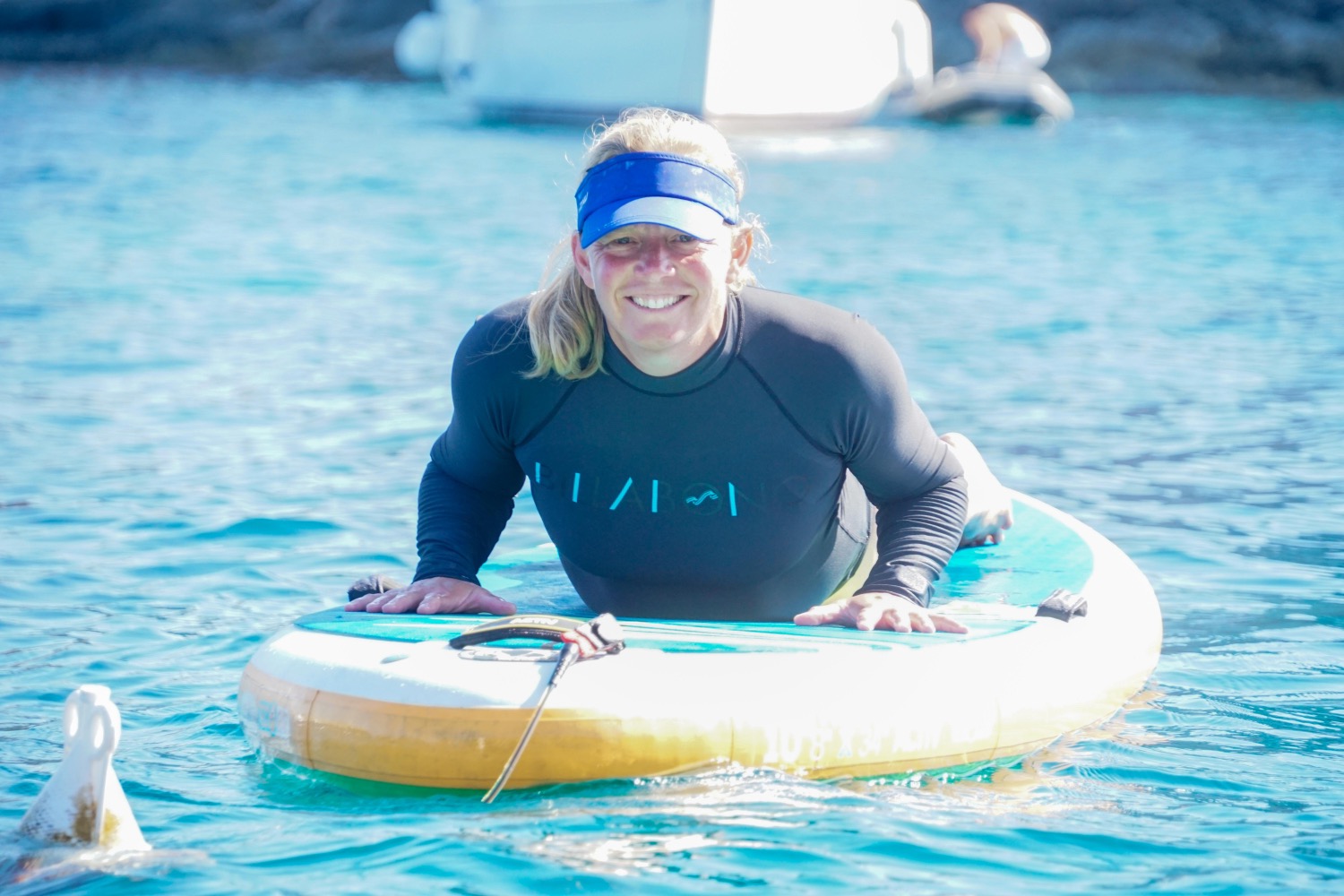Happy Seals
- Happy Seal Helen

- Mar 14, 2021
- 3 min read
Updated: Dec 1, 2021
As you may have guessed from the name of my yoga business I am quite fond of our local seals, we are lucky enough to have two varieties of seal living on the North Yorkshire coast, the common seal and the grey seal.
Grey seals are globally rare – the UK has 38% of the world’s population (and 38% is only around 110,000 – the same number as red squirrels in the UK). They are our equivalent of the African Elephant (which are globally more numerous than grey seals). So consider yourselves lucky to be encountering them at all!

On the IUCN Red List for endangered species, grey seals are protected by the Habitats Directive in the EU and the Conservation of Seals Act in the UK and have legal protection in Special Areas of Conservation and Special Sites of Scientific Interest.
A few facts about seals:
Incredibly adapted for life at sea, grey seals can dive to depths of 120m, they do this by slowing their heart to just a few beats a minute and using oxygen stored in their both their blood and muscles. They forage on the sea bed for their preferred food – sand eels and dragonets.
A seal’s nostrils are closed until it uses its muscles to open them to breathe in bursts. If a seal spots you, look out for it opening its nostrils repeatedly to ‘sniff you out’. Seals perform sniff greetings with each other and mothers identify their pups this way, which is why it is important to not leave human or dog scent around a pup. Seals routinely sniff a beach when they arrive suggesting they may recognise familiar places this way.
Seal’s have an audible range that is similar to humans. Which means if you can hear them, they can hear you, so it is really important to only talk in whispers when you are nearby. They have amphibious vision. Huge eyes gather the maximum amount of light underwater, whilst pupil and cornea adaptations enable them to see almost as well in air as in the sea.
Their whiskers are more sensitive than your finger tips and enable blind seals to survive in the wild. Seals will also explore objects using their mouths and flippers. In the seal world repeated ‘flippering’ with a hand and howling means ‘go away!’
Staring competitions are something big adult males will do with each other, so should be avoided!
Popping out from their mothers as bag of skin and bone a new born long white coated seal pup weighs in at around 10 to 14kg. From 15 days onwards the pup will have moulted its long white fur to reveal a grey/white coat that will keep the same pattern for life. By weaning at 17 to 21 days a healthy pup may have put on 10kg a week becoming a whopping 40kg fully functioning seal.
Moulted pups don’t know seal etiquette and will haul out wherever they get tired making them very vulnerable to human disturbance. As their fat reserves are used up from their inefficient feeding skills repeated disturbance may prove fatal and it is a sad fact that 40 to 75% of seals don’t survive to see their second birthday. If you come across a stranded seal pup get in touch with British Divers Marine Life Rescue on their rescue hotline: 01825765546
The average life expectancy for a male seal is thought to be around 25 years and 30 years for females.
While we are lucky enough to have seals on our doorstep it's really important that if we do go to see them we don't disturb them, the Seal Alliance have recently released these great factsheets showing how we can watch seals well with lots of tips of what to do and what not to do, you can find out more at www.sealalliance.org









I love ❤️ this. I didn’t realise we were so privileged here. Thanks for sharing xx